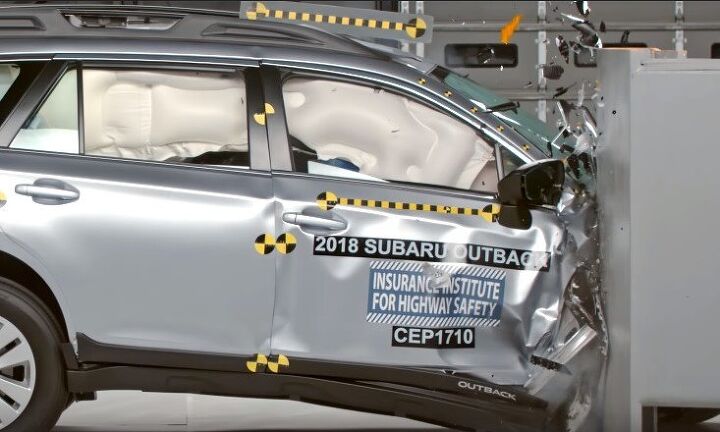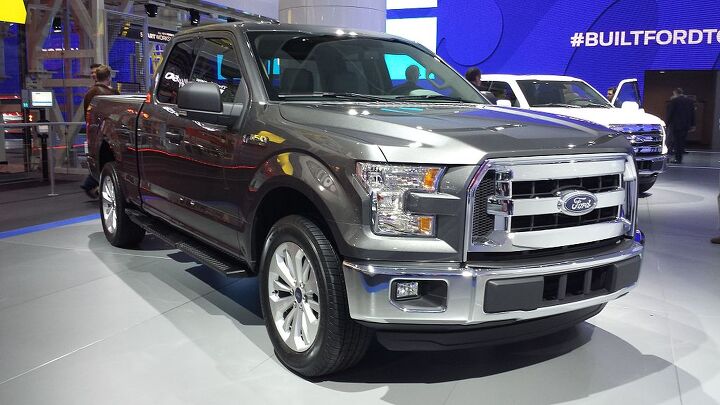#SmallOverlapCrash
IIHS Throws Another Hurdle at Automakers: The Passenger-side Small Overlap Crash Test
First, the Insurance Institute for Highway Safety bagan irking the automotive industry by performing crash tests. Then it devised more. Eventually, the IIHS ratcheted the bar up to a previously unseen height, demanding vehicles undergo the dreaded small overlap front crash test — a 2012 addition to its testing regimen. Covering just 25 percent of the frontal area of the car, the test mimics a not-quite-glancing-enough head-on collision, or perhaps an impact with a tree or utility pole.
New vehicles failed the test in droves. Firewalls were deformed. Dummies’ legs exited the vehicles in mangled fashion. The Dodge Challenger got a black eye. In response, the industry raced to beef up its front ends, eager for a marketable high crash test score.
Now, a year after becoming concerned that automakers were focusing efforts on only the driver’s side of the vehicle, IIHS is turning its attention to the passenger side. A new crash test is born. But how did the first crop of vehicles — 13 midsize cars — fare in this new test?
NHTSA Unveils New Tests, New 5-star Safety Rating System for Cars
The National Highway Traffic Safety Administration on Tuesday announced significant changes to its tests and rating system for every new car in the U.S. Beginning in 2018, new cars will be rated on a five-star system, in half-star increments (for the first time), and will encompass information from new tests — including front overlap crashes already in use by other safety organizations — and pedestrian impact information.
The proposed changes would place an emphasis on active safety features such as blind spot monitoring and crash avoidance systems. The announcement Tuesday followed a statement last month that the agency would recommend automatic emergency braking on new cars beginning in 2018.
“The changes provide more and better information to new-vehicle shoppers that will help accelerate the technology innovations that saves lives,” said U.S. Transportation Secretary Anthony Foxx.
IIHS: Not All Ford F-150s Are Built Just As Tough
Automotive News is reporting the Insurance Institute for Highway Safety will rate versions of Ford’s F-150 pickup with dramatically different safety ratings after re-testing versions of the pickup, which is a highly unusual move for the safety nonprofit.
The SuperCrew cab version of the F-150 earned the highest marks from the IIHS in its small overlap crash test, earning a Top Safety Pick rating. The re-tested SuperCab registers only a “marginal” rating in the same crash.
The difference, according to Automotive News, are tubular frames called “wheel blockers” installed on the SuperCrew, but missing from the SuperCab and Regular Cab models.

















Recent Comments